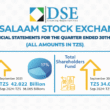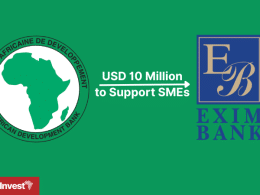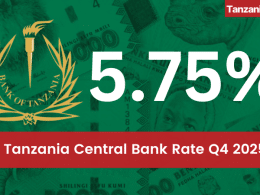The Bank of Tanzania (BoT) has recently released its Economic Bulletin For The Quarter Ending June 2022 when the credit extended to the private sector and central government by the banking system grew at an average of 20%.
This is almost twice as much compared to 10.2% in the quarter that ended June 2021.
Credit extended to the private sector grew at around 16%, the highest in the past five years, and significantly higher than 4.4% in the quarter ending June 2021.
Credit to agriculture, mining, and personal loans—primarily to micro, small and medium undertakings, trade, and manufacturing registered the highest growth rates.
Personal loans and loans to trade, manufacturing, and agriculture continued to
account for the largest share of outstanding credit to private.
Lending rates remained almost unchanged at around 16%, with some banks lending to the agriculture sector at less than 10% under special loan facilities established by the central bank to support the recovery of the economy from the COVID-19 pandemic.
The strong growth in credit was largely attributed to improved business conditions, recovery of economic activities, as well as supportive monetary and fiscal conditions.
During Q2 2022, BOT’s monetary policy implementation was faced with the challenge of rising inflation and the need to support credit expansion to the private sector by banks for the growth of the economy.
In order to tame inflationary pressures arising from the demand side without undermining economic growth prospects, the scale of expansion of liquidity to banks was reduced.
Consequently, the money supply increased, but at a slower pace than before. The growth of the extended broad money supply (M3) averaged 8.5% compared with 9.1% in the quarter ending June 2021.












